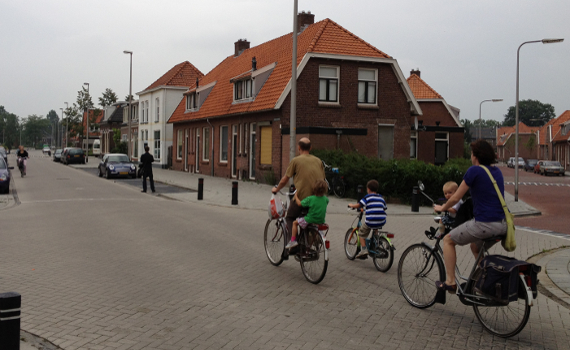Main streets are the lifelines of a neighborhood. They are the principal main routes and provide both bundling and distribution of traffic. The study Social Safe Urban Design shows that neighborhoods with central main streets are more successful than residential areas where the main streets are located around or outside the neighborhood. They are socially safer, more vibrant and economically more successful because the main streets direct different types of people into the heart of the neighborhood and provide opportunities for encounter, interaction and supervision. These different types of people consist of a mix of locals, visitors and passers-by, but also motorists, cyclists and pedestrians. In addition, main streets are often the centers of economic activity. Shops, restaurants, institutions and businesses position themselves on main streets precisely because these streets ‘naturally’ attract many visitors and are often well connected to both the rest of the neighborhood and the city. By creating main streets that run through the neighbourhood instead of around it, we do not only create better conditions for social safety but also additional opportunities for economic activity, liveliness and supervision.
Social Safe Urban Design
Increasing the vitality, safety and economic potential of our cities
- info@sv-s.nl
- 06-55.36.38.17
Main streets

Volg ook ons SVS seminar bij het Beccaria Instituut